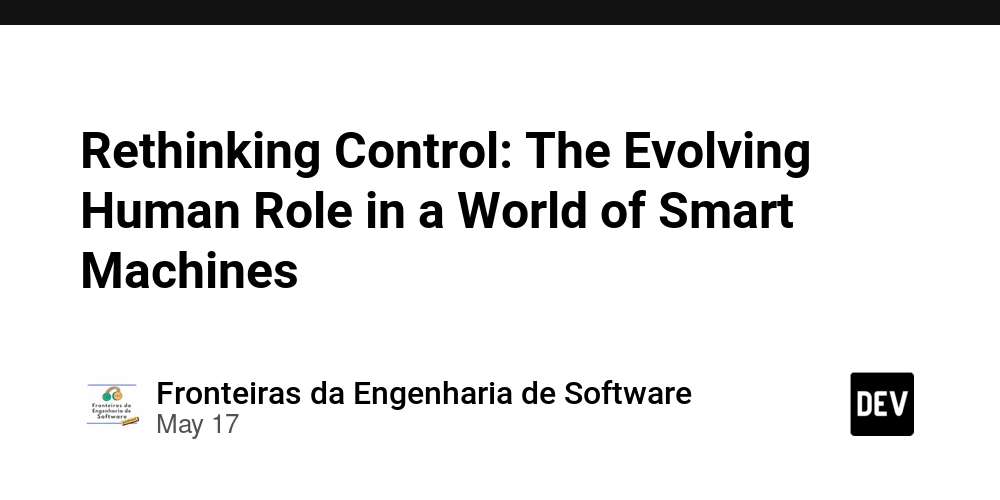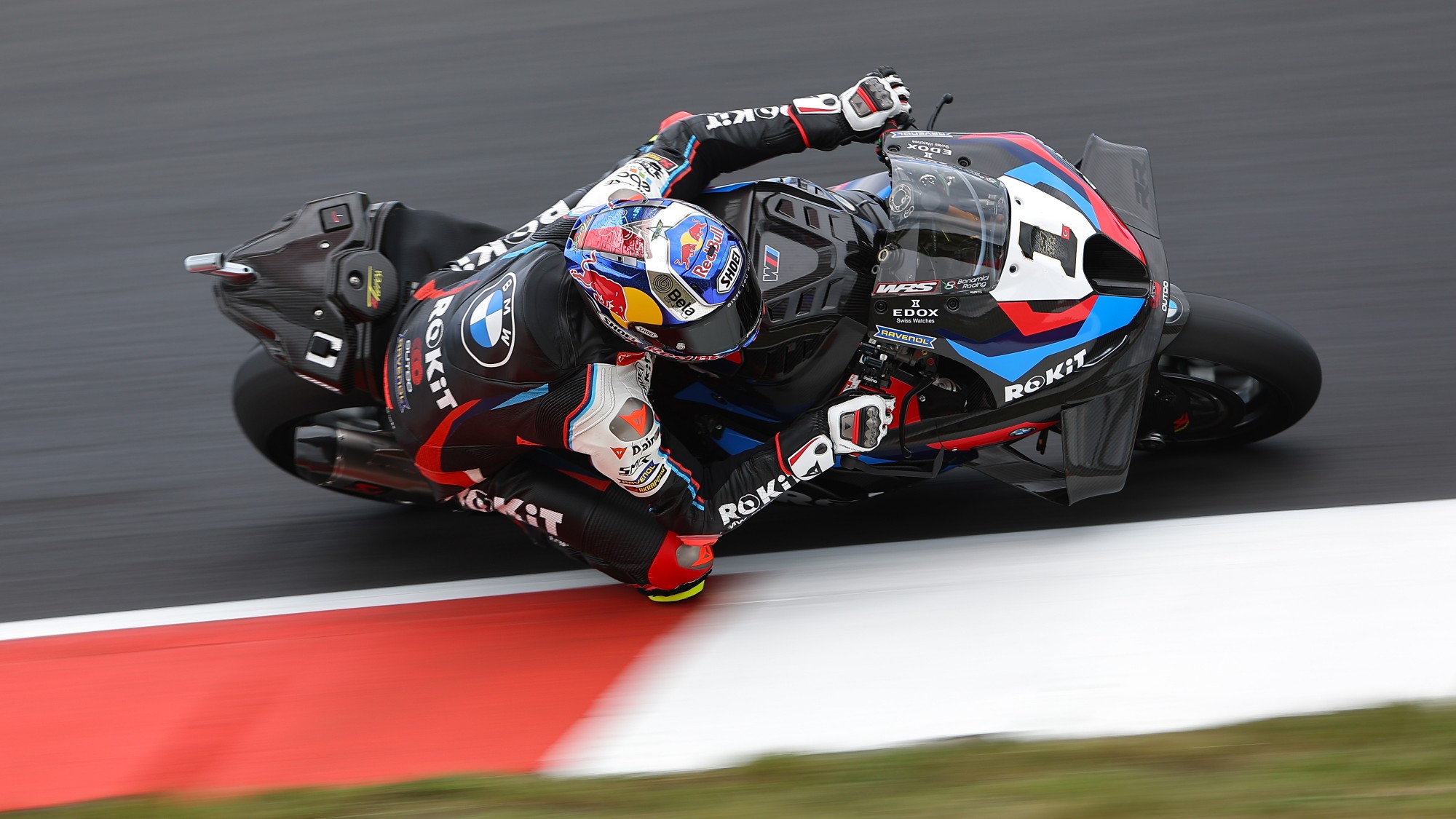2025 Volkswagen Tiguan First Drive Review: More Luxury, Less Character
The new Tiguan is more luxurious and tech-laden than before but loses some of the fun and charm of the car it replaces. The post 2025 Volkswagen Tiguan First Drive Review: More Luxury, Less Character appeared first on The Drive.

Volkswagen’s second-generation Tiguan was a massive success in North America, quickly becoming the brand’s most popular model. Its sharp looks, premium but well-thought-out interior, and Golf-like handling dynamics made it one of the most popular crossovers on the market. It was even good enough to plant itself in my own driveway. I owned a 2018 Tiguan for nearly four years, and I loved it. It felt like a big Mk 7 Golf in the best ways possible. So when I was invited to test the new, third-generation 2025 Volkswagen Tiguan, I was pretty excited.
As the brand’s best seller, VW needs to hit this new third-gen Tiguan out of the park. So it swung big. While you can still tell it’s a Tiguan from the outside, it looks pretty different, with bigger wheels and an angrier face. But it’s also far more premium looking inside, with a snazzier design, tons of customer-requested ambient lighting, and an absolutely enormous infotainment screen.
VW also upped the luxury, adding options like class-exclusive massaging seats. However, adding all of that luxury and refinement may have diluted some of the character that made customers like me fall in love with the second-gen model.
While it’s not a bad-looking car, I just can’t get along with this new Tiguan’s design. It’s swoopy and flashy, the front and rear badges light up if you go for the SEL R-Line trim, and it is one of those cars that thinks a big, blacked-out front grille is an acceptable substitute for an actual personality trait. A lot of the time, less is more, and this new Tiguan is just too much. The old Tiguan feels much more handsome to me, and I’m confident it will age far better.
The inside is hit or miss. Visually, it’s great. The seats look spectacular, with a diamond-stitch pattern even on base cloth, and they’re great to sit in. That’s one area where this new car is definitely better than the one it replaces, as the base leatherette seats in my Tiguan SE were too flat and hard. The door panels also look more special now, with stitched leather, and the dash looks great, especially with the optional, real American Oak trim. However, some of the materials feel cheaper than the old car’s, such as the door grab handles and some center console bits. I do like the sliding armrest stolen from the GTI, though.
VW also heard many of your usability complaints and made some changes. Gone are the old haptic touch steering wheel buttons, which are replaced with real ones. The climate touch sliders are now backlit, even if they’re still stupid and annoying to use, so you can be frustrated with them at night now, too. However, the touchscreen infotainment system, while still too complicated, has a new user interface that features fixed climate and vehicle shortcuts.
With those fixes come a few new annoyances, though. VW threw out the old console-mounted shift lever, which was just about perfect, and replaced it with the ID 4’s idiotic column-mounted electronic shifter, which you twist forwards or backwards to engage drive or reverse. It feels cheap, looks cheap, and is annoying to use. I get that it frees up some center console space, but I’d take a better shift lever over an extra cubby that isn’t even that useful any day. The effects of that new shifter are exacerbated when you realize VW had to consolidate wiper controls into the left turn signal stalk, so now that’s even more confusing to use. VW says this was done to create some uniformity with the ID 4 and ID Buzz, but those are the wrong cars to use as interior ergonomic benchmarks. It’s so frustrating because the Mk 7-Golf generation of VWs had just about the most perfect ergonomics you could ask for, so to see VW stray even further from that than it already has in the name of “brand familiarity” is disappointing.
Thankfully, the new Tiguan’s driving dynamics aren’t too far off from the old’s. Its steering isn’t as good, though. I still maintain that the second-gen Tiguan has the best steering of any crossover I’ve driven. I’m not saying that because I owned one. I owned one because of it. This new one is close, with good on-center feel and decent weight, but it feels a little less connected, lacking that hot-hatch-in-disguise feeling. That said, the front end bites very well, and it responds far better than you might expect a compact crossover to. This tester had 20-inch wheels wrapped in Pirelli Scorpion tires, but I could have been fooled into thinking they were Michelin Pilot Sport 4Ses, given their response.
Another area of improvement is the ride. Despite its big wheels and 40-profile tires, this new Tig rides shockingly well. Montana has some gorgeous twisty mountain roads, but someone needs to come up with a better plan to pave them. The potholes were deadly, but even the ones we couldn’t avoid were handled beautifully. The ride-handling balance is really well-judged for the average driver. It isn’t quite as fun as the outgoing car, but it’s more comfortable; a tradeoff 90% of customers will likely appreciate.
The compact crossover segment is one of the most hotly contested in the entire auto industry. Not only are there a zillion of ‘em, they’re all pretty darn good these days. However, the Tiguan does stand out, with a more engaging drive than almost all of them and more standard equipment. At $30,920, the new Tig starts within a few hundred dollars of all of its competition, and even the base S trim comes with heated front seats, LED headlights and taillights, a 12.9-inch infotainment system, a 10.25-inch digital gauge screen, park distance sensors, and dual-zone climate control.
It’s also more powerful than most of its competition. The fifth generation of VW’s now ubiquitous 2.0-liter turbocharged EA888 four-cylinder engine makes 201 horsepower across the board (a more powerful Turbo model is coming later this year). Front-wheel-drive cars only get 207 lb-ft of torque, but 4Motion all-wheel-drive cars get 221 lb-ft. That’s up from the old Tiguan’s 184 hp, though torque is the same. Surprisingly, the new Tiguan actually weighs 170 pounds less than the old one, so it certainly feels more spritely.
Personally, I don’t like the new Tiguan as much as I do the old one, although I have a feeling most people in the market for this sort of vehicle may feel differently. Its interior, while prettier to look at, feels a tad cheaper and isn’t as easy to use. It also isn’t as fun as it used to be. But its superior ride comfort, straight-line performance, standard equipment, and tech should make it a hit with those actually looking to sign on the dotted line.
Volkswagen needs a win right now. The ID 4 was a bust, the ID Buzz is too expensive to sell well (if and when VW is allowed to sell it at all), and it’s still feeling the financial ripples of Dieselgate. This new Tiguan is an excellent alternative to the usual segment suspects from Honda, Toyota, and Hyundai. It’s fairly stylish, has eye-catching tech, and a ton of standard features, while also being comfortable, quiet, and decently fun to drive. The enthusiast in me might not like it as much, but I think most other people are going to love it.

| 2025 Volkswagen Tiguan Specs | |
|---|---|
| Base Price (SEL R-Line as tested) | $30,920 ($41,180) |
| Powertrain | 2.0-liter turbocharged four-cylinder | eight-speed automatic | all-wheel drive |
| Horsepower | 201 @ 5,000 rpm |
| Torque | 221 lb-ft @ 1,500 rpm |
| Seating Capacity | 5 |
| Curb Weight | 3,801 pounds |
| EPA Fuel Economy | 22 mph city | 30 mpg highway | 25 mpg combined |
| Score | 8/10 |

Quick Take
A great overall crossover that trades some of the outgoing car’s fun factor for improved ride comfort and upgraded technology.
Got tips? Send ’em to tips@thedrive.com
The post 2025 Volkswagen Tiguan First Drive Review: More Luxury, Less Character appeared first on The Drive.










![[FREE EBOOKS] Modern Generative AI with ChatGPT and OpenAI Models, Offensive Security Using Python & Four More Best Selling Titles](https://www.javacodegeeks.com/wp-content/uploads/2012/12/jcg-logo.jpg)








.webp?#)















































































